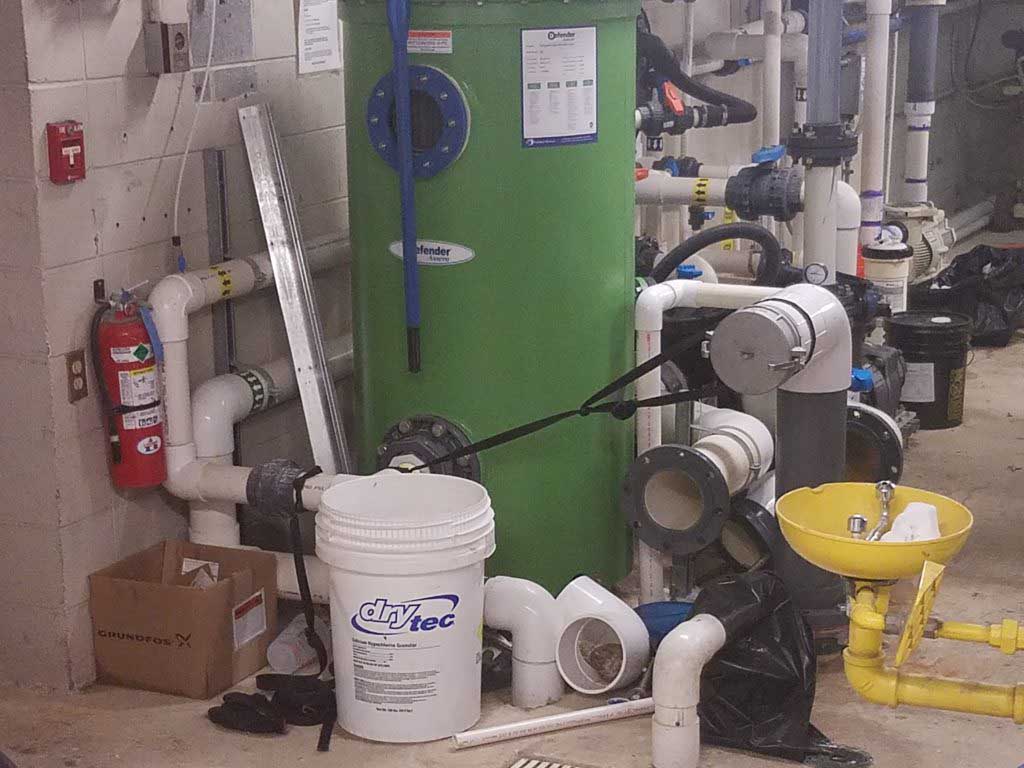What Goes On During CIPP Lining?

Nu Flow South Pacific is the premier contractor for trenchless pipe lining in Kihei, HI. We utilize the latest technologies that allow us to rehabilitate failing or deteriorating pipes using different cured-in-place solutions.
Cured-in-place pipe lining , more commonly referred to as CIPP pipe lining, is a minimally invasive trenchless pipe repair technique that involves lining an old or damaged pipe with epoxy. This eliminates the cost of buying and installing new pipes, making it a faster and more cost-efficient option. One of the main questions we get from clients is how we do our CIPP pipe lining.
Cleaning the Damaged Pipe
After inspections and confirming that trenchless solutions are the way to go, an important step in the epoxy pipe lining process entails thoroughly cleaning the affected pipe to remove corrosion, dirt, and buildup from minerals or grime. This leaves a smooth surface for the new epoxy lining to adhere perfectly to the surface.
Having a Bypass Flow System
CIPP pipe lining requires a dry surface to ensure perfect adherence of the lining to the pipe. Setting up a bypass water flow system also makes sure that the pipes stay dry as we work. When working with smaller-diameter pipes, plugs usually suffice. However, we recommend using a sewer vacuum for bigger pipes. This is pretty standard among pipe lining companies.
Taking Measurements
Before we start the actual pipe lining, we measure the diameter and length of the pipe needing repair. This gives us the vital information about how much epoxy to mix for the tube liner.
Installing the Epoxy Lining
Once we measure and mix the required epoxy, we can use inversion or pull-in-place methods to install it into the pipe. In inversion, we pour the epoxy into a liner and insert it into a device that turns it inside out as it feeds it through the pipe using water or air pressure, bringing the epoxy in contact with the old pipe. We prefer this method for wider and longer pipes.
The pull-in-place method requires less equipment, and we use it mostly for shorter pipes. We usually have two access holes at the end of the pipe through which we insert and pull the liner through the pipe. For this, we can use basic cables and wrenches. The same applies for services like cast iron pipe lining.
Curing the Epoxy
We introduce UV rays or heat to the pipe to help cure the epoxy fast. We then conduct a quality check that involves sewer cameras to ensure the new lining is perfectly aligned with no gaps.
High-quality materials, state-of-the-art equipment, and well-trained, skilled, dedicated and experienced employees make Nu Flow South Pacific among the best pipe lining companies in Kihei, Hi. Call us to make inquiries or to book an appointment.
Contact Nu Flow South Pacific
